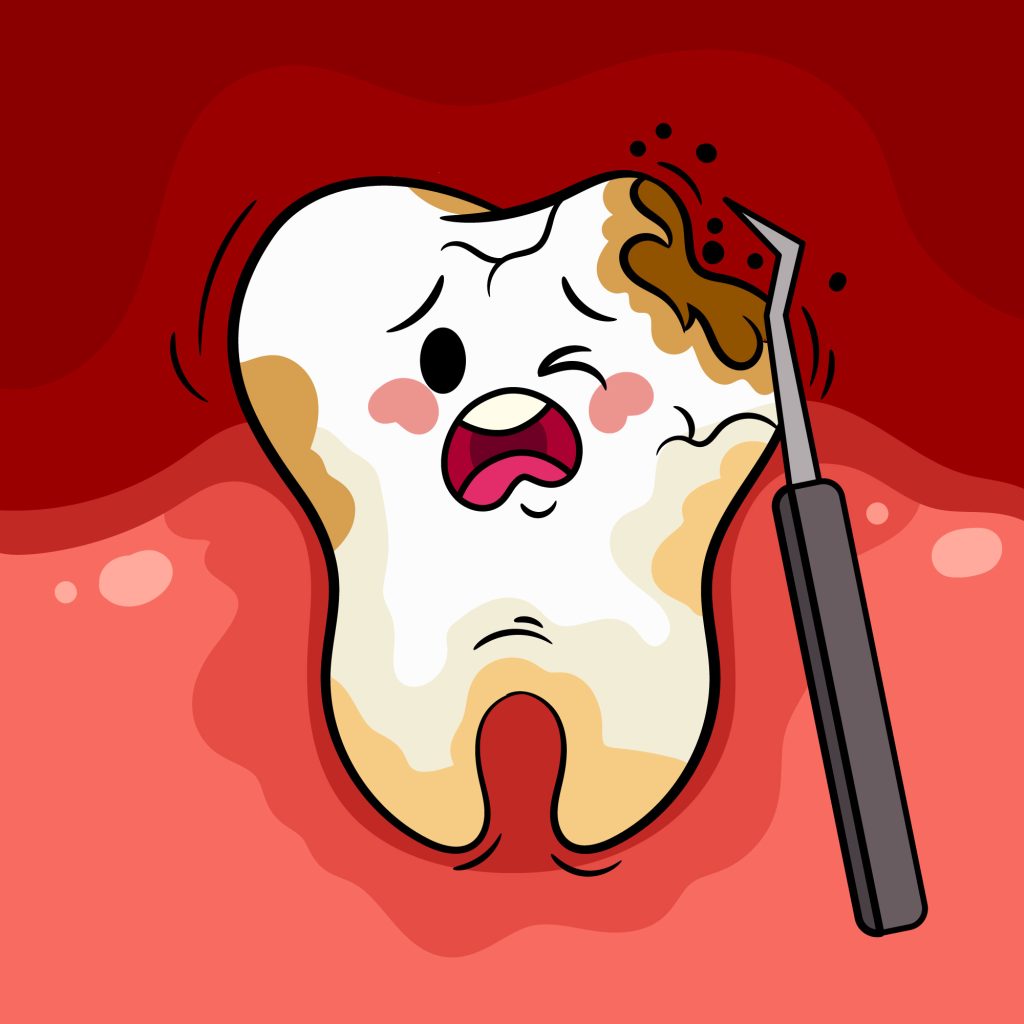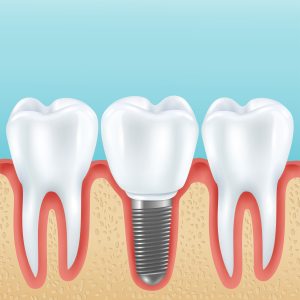It’s common for most patients to associate root canal treatments with pain, discomfort, and extended recovery periods. While this may have been the case decades ago, advancements in modern dentistry have allowed for a relatively painless procedure.
If your tooth suffers decay from within that cannot be remedied with a filling, your dentist will likely recommend appropriate root canal infection treatment.
This blog will detail the procedure and its important considerations to help you go into the experience better prepared.

Table of Contents
What is Root Canal Infection Treatment?
Beneath the hard outer layer of the tooth lies a soft pulp consisting of blood vessels, nerves, and connective tissue. This pulp is essential for the tooth’s healthy development. A fully developed tooth does not require the pulp as it is enrich by the tissue surrounding it instead.
Frequently, the pulp may become infected or inflamed due to bacteria. A root canal surgery is a corrective procedure that removes the infected pulp and restores normal function.
Infection in the pulp usually occurs because of the presence of bacteria. This bacterium can enter the pulp due to the following reasons:
- A deep cavity that exposes the inside of the pulp
- Damaged or cracked teeth (sometimes even from medical procedures) that leave the inside vulnerable to infection from foreign particles
Signs You May Need a Root Canal
An infected pulp can manifest with various uncomfortable symptoms. The following are some warning signs to look out for:
- Extreme pain while eating or applying pressure to your tooth
- Pus drainage from around the tooth
- Swollen and inflamed gums around a decayed or damaged tooth
- Swollen jaw
- Sensitivity to hot or cold that lingers even after the removal of the sensation
- A cracked or broken tooth
- Loose or wobbly tooth
- Discoloration in the teeth
Procedure for Root Canal Treatment
A root canal infection treatment is done under local anesthesia and is complete in one or more scheduled appointments. The procedure is usually done by an endodontist, who specializes in diagnosing, treating, and preventing diseases of the tooth pulp and nerve supply.
- The endodontist will usually take X-rays of your tooth to examine the extent of the infection and the shape of your root canals.
- Local anesthesia is then inject into the area around the tooth to numb it.
- A rubber dam is placed around the tooth to keep it dry from saliva and other liquids used during the procedure.
- The endodontist begins by making an access opening into your tooth with a dental drill.
- All of the pulp, decayed tissue, and debris are removed from the tooth using small needle-like instruments known as dental files.
- The root canals are periodically flushed with saline water and sodium hypochlorite to completely disinfect the canals from bacteria and debris.
- If the root canal requires multiple sittings, the endodontist will place a temporary filling material in the cavity to prevent contamination with food and saliva in between appointments.
- Once the root canals are completely sterile, the tooth is permanently sealed with an inert filling material called gutta-percha.
Most endodontists recommend getting a dental crown after the completion of a root canal treatment. This is done to improve the structural integrity of the tooth, which can be compromised after a root canal treatment.
There may be instances when root canal treatment needs to be combined with endodontic surgery. This is typically necessary in re-treatment cases or when a previous root canal has failed. The primary goal of endodontic surgery is to eliminate infection in the bone surrounding the root tip.
In this, the gum tissue is gently lift away from the tooth to access and remove the infect bone. If needed, a small portion of the root tip may also be remove. A tiny amount of filling material is then place at the root tip to fully seal up the root canal.

What to Expect After a Root Canal Treatment
Numbness after a root canal treatment typically lasts for a few hours, and it usually takes less than a week to recover completely after surgery.
Your dentist may recommend certain eating precautions between visits to avoid irritating the treated area. It’s also common to experience some discomfort or sensitivity immediately following the procedure. This is a normal response cause by tissue inflammation and usually resolves on its own. To help manage any post-treatment discomfort, your dentist may suggest over-the-counter pain medication.
Once your root canal treatment is complete, it is important to take care of your tooth by maintaining good oral hygiene.
Good Practices To Speed Up Recovery Post a Root Canal
The following are some best practices that your dentist is likely to recommend to hasten recovery time after an infected root canal treatment:
- Consume only soft, mashed foods for the first few days
- Avoid chewing with the treated tooth, especially if a crown has been install
- Avoid smoking during recovery as it hampers progress
- Brush your teeth after every meal you consume and floss at the end of the day
- Use an antibacterial mouthwash
Some natural treatments for root canal infection recovery include:
- Saltwater rinses
- Herbal teas
- Coconut oil pulling
- Cold compress
However, it’s best to only use these under the guidance of your dentist.
Complications Associated with a Root Canal Treatment
With a success rate of more than 95%, root canal treatments can save your natural tooth and extend its lifespan considerably. However, some complications may occasionally arise and affect the overall outcome of a root canal procedure. These include:
- There is a possibility of developing gum infection after root canal treatment. Root canals that remain unclean can reintroduce infection into the tooth and cause problems in the future.
- Inadequate filling material or defective sealing of the tooth can lead to bacteria seeping into the canals and causing re-infection.
- A crack in the tooth root, which prevents proper sealing of the tooth and becomes a passage for the introduction of bacteria.
Cost of a Root Canal Treatment
The cost of a root canal surgery hinges entirely on the extent of damage and the site of the issue (molars are typically more complex to handle when administering the surgery).
Most insurance policies also cover treatments like root canal surgery.
Complete extraction of the tooth will usually be more expensive than endodontic treatments like root canals. However, the best course of action can only be suggest by your oral healthcare provider.
Choosing a Root Canal to Remedy Decay or Damage
A root canal surgery is a quick and largely effective procedure that instantly remedies the symptoms of significant tooth decay. When the pulp becomes infected, this may be the only viable option.
However, it is important to discuss root canal therapy with your dentist to understand whether the procedure suits your unique requirements.
If you’re beginning to notice signs of internal infection, consult the specialists at Anoka Dental. Our staff takes a gentle and compassionate approach to patient care, ensuring that every patient is thoroughly informed about the best course of action, particularly regarding root canal infection treatments.
Book an appointment with one of the best dentists in anoka to unlock a future of better oral healthcare!
Call us: (763) 421-4002
Address: Anoka Dental 12 Bridge Square (1st Ave) #106 Anoka, MN 55303




